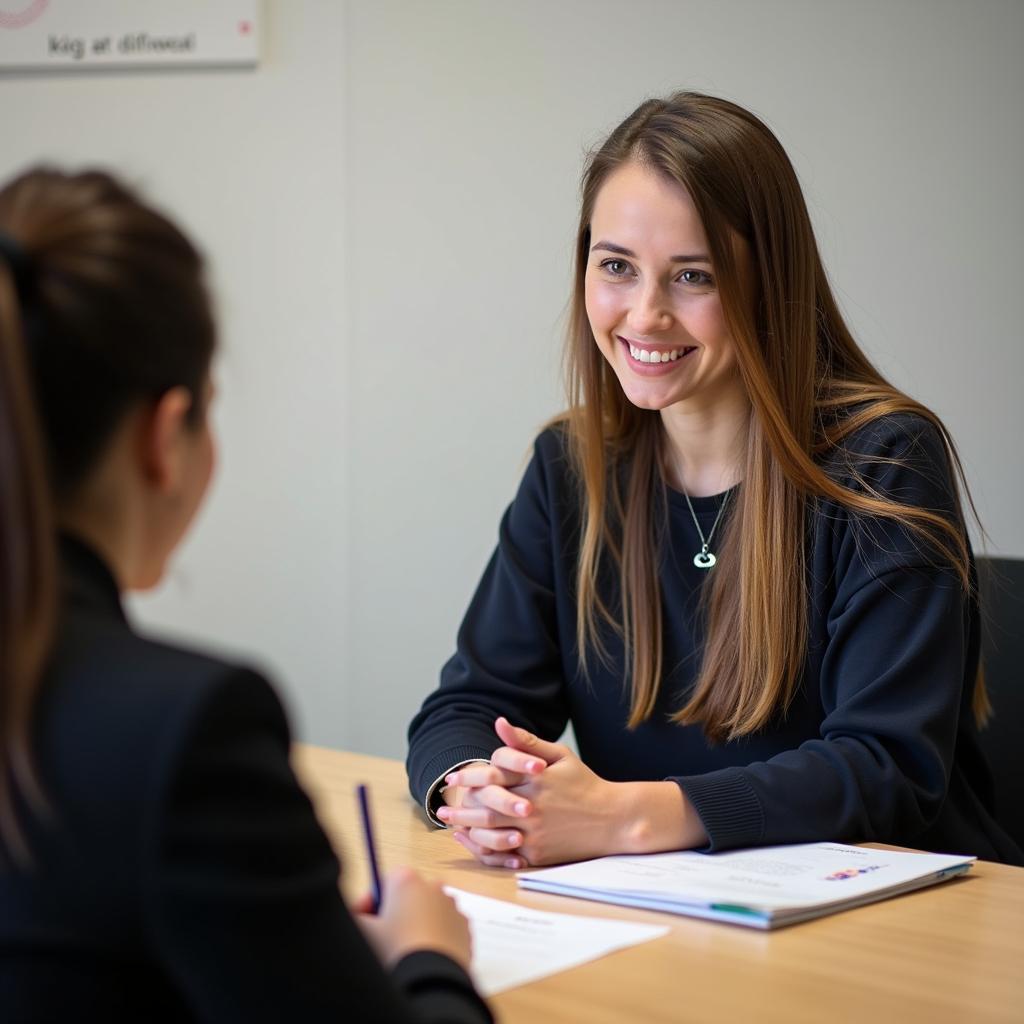In IELTS Speaking, providing specific numbers and statistics can significantly enhance your response quality and showcase your attention to detail. Let me share some valuable insights from my experience as an IELTS examiner on how to effectively incorporate numbers in your speaking test.
Part 1: Introduction and Interview
Common questions related to numbers:
- How many hours do you usually sleep?
- What time do you usually wake up?
- How often do you exercise?
Sample answer (Band 8-9):
“I typically get around 7 to 8 hours of sleep each night. I make it a point to be in bed by 10:30 PM and wake up at 6:00 AM sharp. As for exercise, I work out 3 to 4 times per week, usually spending 45 minutes to an hour at the gym.”

Part 2: Cue Card
Topic: Describe a time when you did a lengthy calculation without using a calculator
You should say:
- What the calculation was about
- Why you needed to do it
- How you managed to do it
- And explain how you felt about doing calculations without a calculator
Sample answer (Band 8-9):
“I’d like to tell you about when I had to handle multiple tasks including a complex calculation at work. I needed to calculate the annual budget allocation for 5 different departments, each with varying percentages ranging from 12.5% to 27.8% of the total budget of $2.3 million. The calculation was particularly challenging because I had to ensure the figures were accurate to two decimal places.”
Part 3: Discussion Questions
Q: How do you think technology has affected people’s ability to do mental calculations?
Sample answer (Band 8-9):
“Technology has had a significant impact on life decisions, including our mathematical abilities. Research shows that approximately 82% of young adults now rely heavily on calculators for even basic calculations. In the 1990s, students could mentally calculate complex multiplication problems involving 2-3 digit numbers, but today, many struggle with simple calculations like 15% of 200.”
Key Vocabulary and Phrases for Using Numbers
- Approximate figures: “roughly,” “approximately,” “around,” “about”
- Exact figures: “precisely,” “exactly,” “specifically”
- Ranges: “between X and Y,” “from X to Y”
- Percentages: “a quarter of,” “three-quarters,” “X percent”
- Trends: how to use decrease in ielts effectively
Expert Tips for High Scores
- Use a mix of exact and approximate numbers
- Practice mental calculations regularly
- Learn to naturally incorporate statistics
- When discussing nature and statistics, be specific but realistic
- Always round complex numbers appropriately
Remember, while specific numbers add credibility, overusing them can make your speech sound mechanical. Aim for a natural balance that supports your points without overwhelming the listener.